Every shelf in your home tells a story that goes beyond functionality. The books, ceramics, artwork, keepsakes, and...
- There are no more items in your cart
- Shipping
- Total £0.00

The psychology of natural materials in interior design
Interior design is often viewed as a matter of taste, trend or function, but in reality, it has a much deeper role in how we feel every day. The spaces we live in shape our routines, our mood and even the way we interact with others. In recent years, more and more people have started to move away from synthetic, high-gloss and impersonal materials in favor of something more grounded. Natural materials like solid wood, stone and clay are not just visually calming - they connect us to the earth, to craftsmanship and to a slower, more intentional way of living.
At Chill House, our entire philosophy is based on this belief. We make furniture that feels natural, honest and lasting, because we know that the presence of real materials in a home helps create an atmosphere of peace, comfort and authenticity. Our rustic floating shelves are not just shelves. They are small but powerful design elements that reflect this vision.
Table of Contents
- Our instinctive connection to nature
- Why wood brings comfort and stability
- Interior design that engages the senses
- The role of slow living and natural furniture
- Everyday impact: making space feel like home
- Conclusion
- Our instinctive connection to nature
Human beings have an inborn connection to the natural world. This concept, often called biophilia, explains why time spent in forests, gardens or near water improves our well-being. Even without leaving our homes, we respond positively to natural textures, warm earthy colors and materials that remind us of landscapes and outdoor environments. Surrounding ourselves with real wood or stone satisfies this psychological need in a subtle but meaningful way. When we bring natural materials into our interiors, we are not just decorating. We are grounding ourselves. A floating shelf made of solid wood, full of natural grain patterns and tiny imperfections, offers a quiet sense of security and familiarity. It creates an emotional anchor in a space, even if we don’t consciously realize it.
Why wood brings comfort and stability
Among natural materials, wood has a special emotional role. It is a material we know from childhood. It’s present in school desks, kitchen tables and old family furniture. It is associated with tradition, with history and with homes that feel lived-in and full of character. From a design perspective, wood also has the unique ability to soften harsh lines, balance colder tones like concrete or steel, and introduce depth and texture into minimalist interiors. At Chill House, we work with FSC-certified solid pine, carefully selected for its natural beauty and individuality. Every shelf we craft carries its own grain, shape and story. Some have knots or cracks. Others have rich color variations that shift slightly depending on the light. These details are not flawed, they are signs of authenticity and craftsmanship. They invite you to see the shelf as part of the room, not just an object but a quiet contributor to the atmosphere.
Interior design that engages the senses
Well-designed furniture doesn’t only appeal to the eyes. It also invites touch, presence and appreciation. The texture of waxed wood under your fingers, the way sunlight brings out the pattern of the grain, the solid feel of a well-mounted shelf - all these sensory experiences shape the emotional tone of your home. A space that engages the senses gently and naturally becomes more comfortable, more personal and more peaceful. At Chill House, we believe that sensory design matters. That’s why we finish every shelf by hand, using natural waxes that enhance the wood’s texture without covering its natural character. Our shelves are not uniform or overly polished. They are warm to the eye and to the touch. They feel calm, but also full of life.
The role of slow living and natural furniture
In a time when many things are mass-produced and made to be replaced, there is something deeply satisfying about owning a piece of furniture that was made slowly, with intention and care. Natural materials align perfectly with the values of slow living. They are not rushed. They require attention and respect. And in return, they last longer and grow more beautiful with age. Our rustic floating shelves are built in our small UK workshop, where each order is handled with craft and consideration. We see this process as part of a wider mindset. Slow design isn’t just about aesthetics. It’s about making thoughtful choices, investing in quality, and surrounding yourself with items that have meaning. A shelf may be a simple object, but when it’s made from real materials and given the right attention, it can help shift the energy of an entire room.
Everyday impact - making space feel like home
The impact of natural materials in a home is not always immediate or dramatic. It’s something that builds over time. You start to notice how certain areas of your home feel more restful. You feel more connected to your space, more aware of your surroundings, more present. These effects may seem small, but they accumulate and eventually shape how your home supports your lifestyle. A wooden shelf holding your favorite books or ceramics isn’t just a display. It becomes part of a daily ritual - a place you return to, look at, clean, decorate, and live with. It holds both function and emotion. It reminds you that your home doesn’t need to be perfect. It needs to be personal, calm and aligned with your values.
Conclusion
At Chill House, we don’t see natural materials as a trend. We see them as a return to what matters. Solid wood shelves, handmade with care, connect us to nature, to tradition and to a slower rhythm of life. They bring balance, warmth and depth into modern interiors. Most of all, they help create spaces that feel truly yours. Your home should be more than a place to live. It should be a place that supports who you are, how you think and how you want to feel. Through every handcrafted shelf we send out, we hope to offer not just furniture, but a quiet invitation to slow down, reconnect and build a home that reflects what matters most to you.


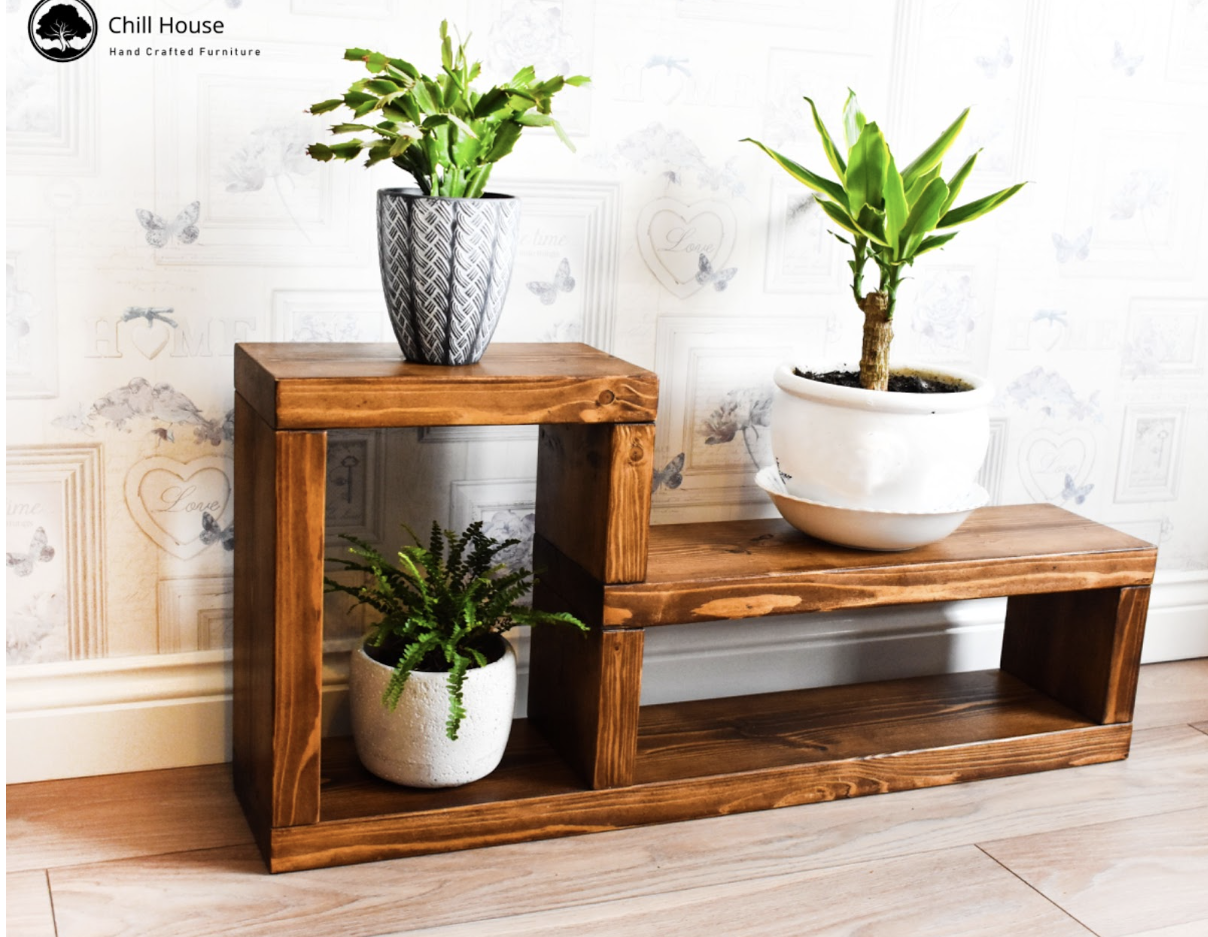



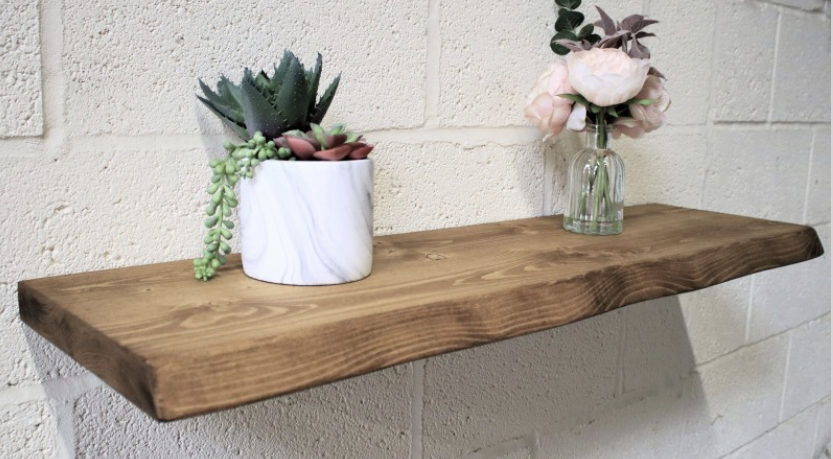
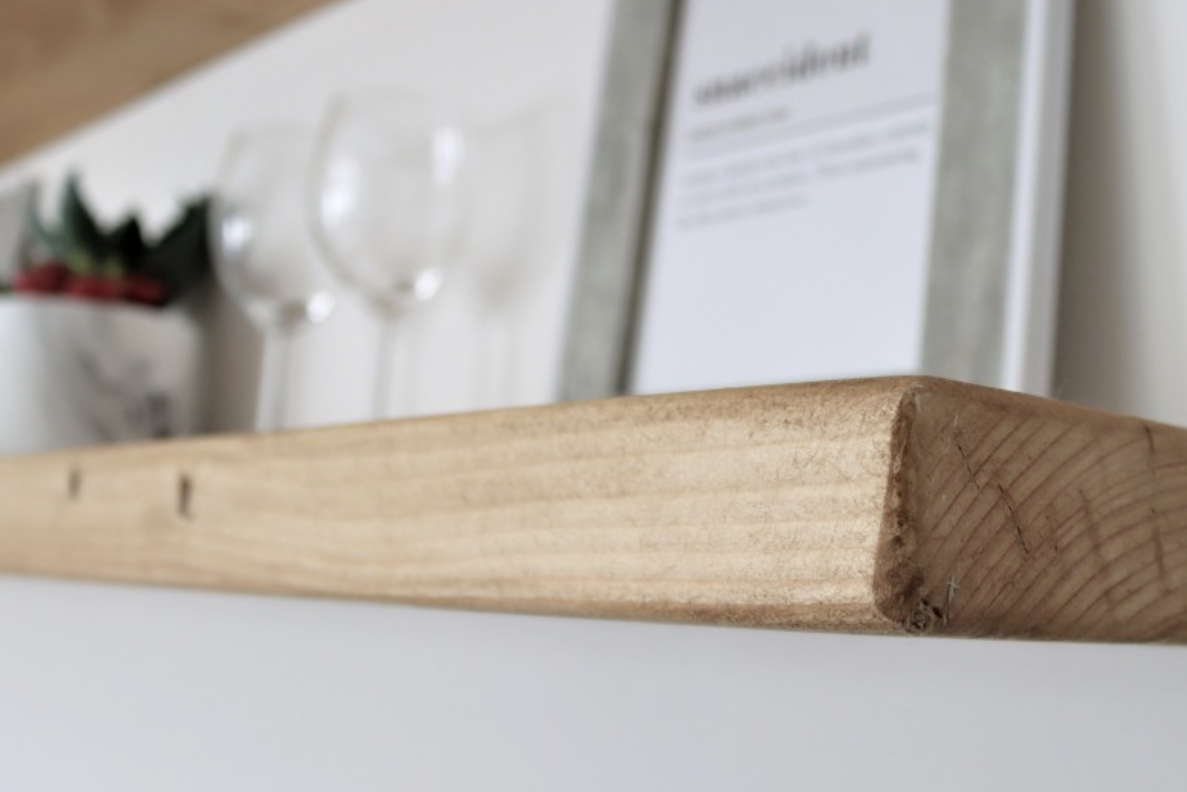
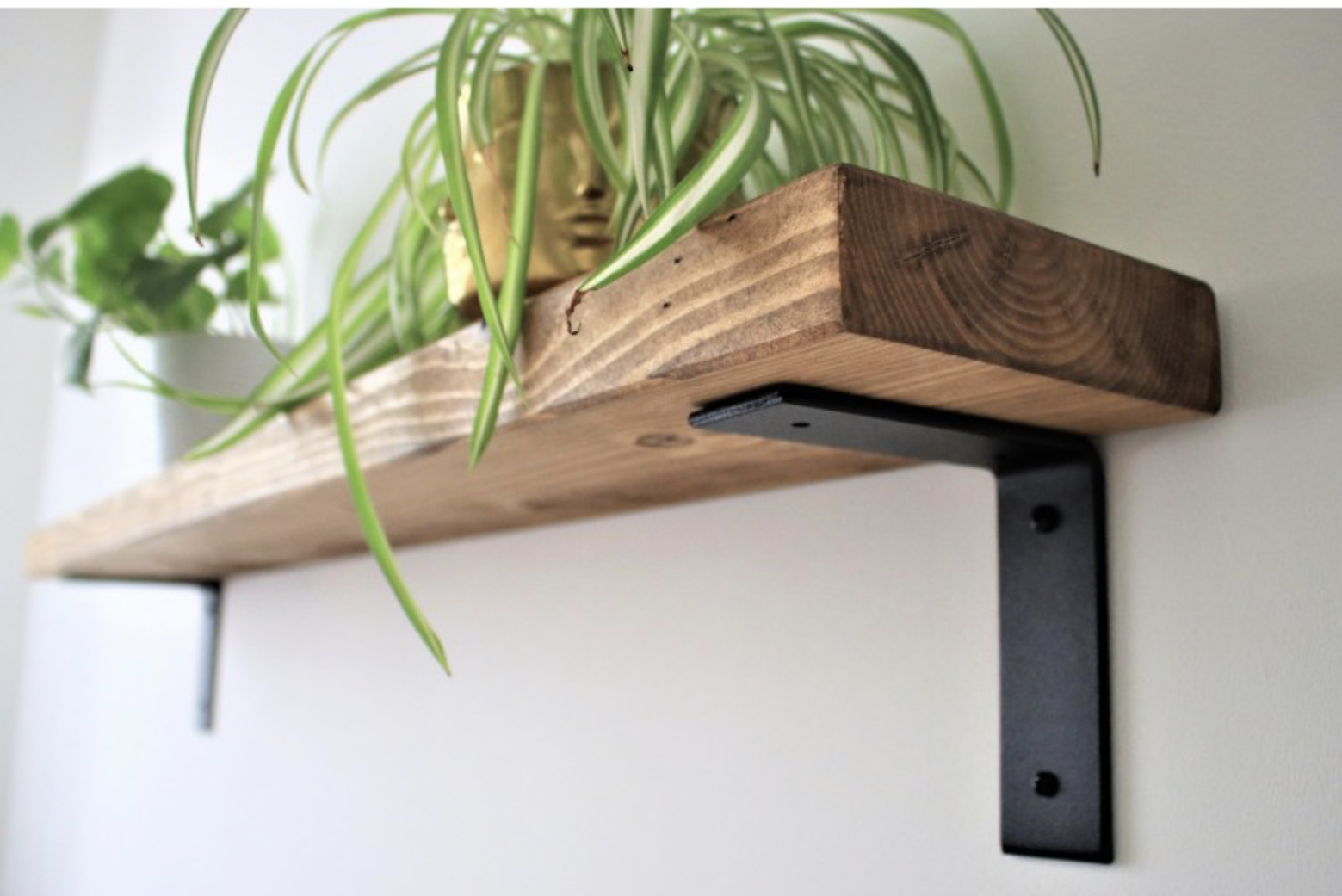
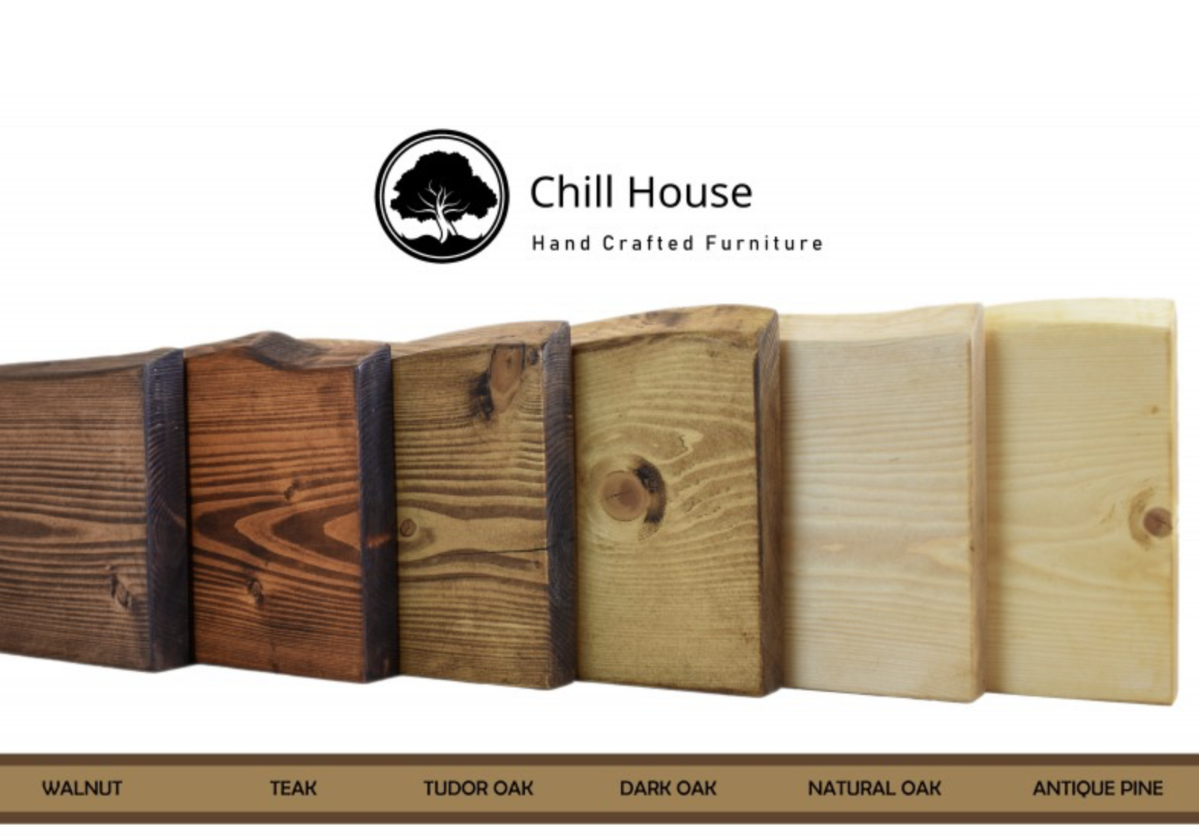
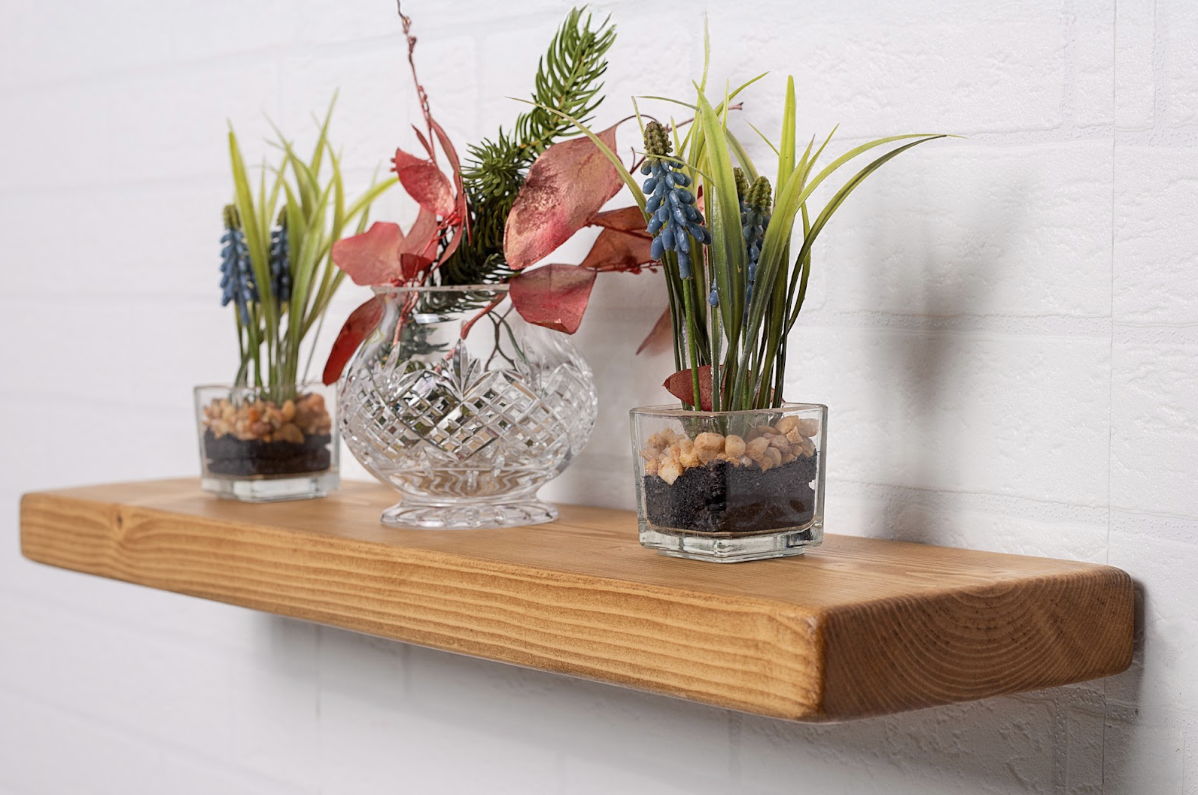





Leave a comment